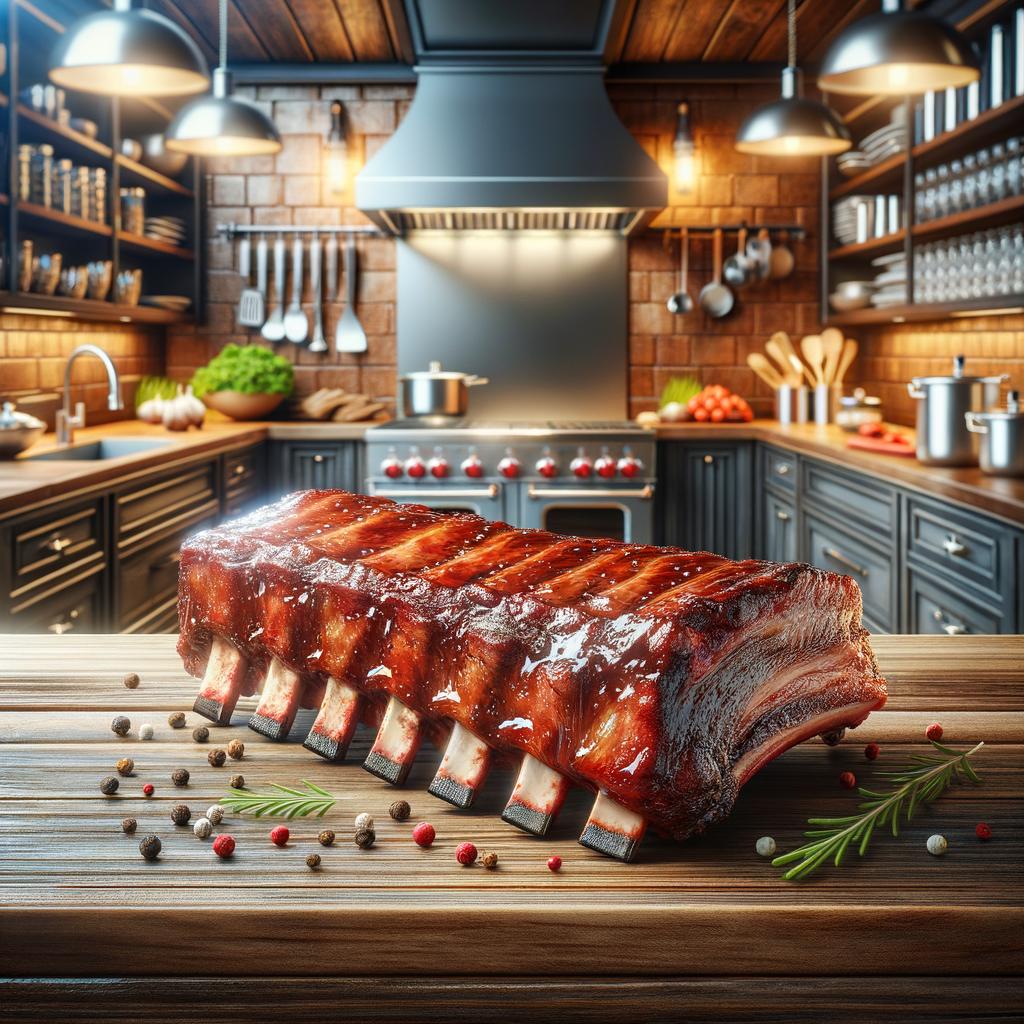Beef Back Ribs

Description Beef back ribs, a staple of many a hearty meal, are a majestic sight to behold. These large, curved bones, with their generous layers of meat and fat, are a testament to the robustness of the bovine creature from which they come. The meat itself is a deep, rich red, marbled with streaks of creamy white fat that promise a succulent, tender eating experience. When cooked, the meat takes on a smoky, caramel hue, and the fat renders down, basting the meat in its own juices and creating a flavor that is deeply savory, with a hint of sweetness. What sets beef back ribs apart from other cuts is their size and the amount of meat on each bone. They're also unique in their ability to withstand long, slow cooking times, which only enhances their flavor and tenderness.
Primary Uses Beef back ribs are a versatile ingredient, used in a myriad of cuisines around the world. They're the star of the show in American BBQ, where they're slathered in a sweet and tangy sauce and smoked slowly over hickory or mesquite. In Korean cuisine, they're marinated in a sweet soy sauce mixture and grilled to perfection in a dish known as Galbi. And in French cuisine, they're braised slowly in red wine and herbs for a dish known as Beef Bourguignon. Outside of the culinary world, beef back ribs are often used in dog food and treats, providing our canine companions with a tasty and nutritious snack.
History The history of beef back ribs is as rich and varied as the cultures that have embraced them. In the United States, they've been a staple of Southern BBQ since the 19th century, when slaves would smoke leftover cuts of meat that their masters didn't want. In Korea, Galbi has been a beloved dish for centuries, often served at special occasions and celebrations. Over time, the popularity of beef back ribs has only grown, with BBQ competitions and food shows highlighting their delicious potential. There's even a legend in Texas that a cowboy once used a beef back rib as a makeshift weapon to fend off a coyote, though this is more folklore than fact.
Nutritional Information Beef back ribs are a good source of protein, providing around 20 grams per 3-ounce serving. They're also rich in essential nutrients like vitamin B12, zinc, and selenium. However, they are high in fat, particularly saturated fat, which can raise cholesterol levels if consumed in excess. Compared to leaner cuts of beef, like sirloin or tenderloin, beef back ribs have a higher fat content, but they also provide more flavor and tenderness. As with all things, moderation is key when enjoying this delicious ingredient.

